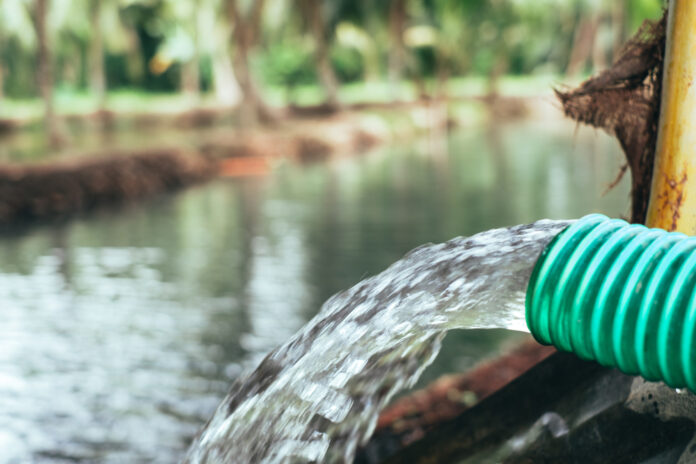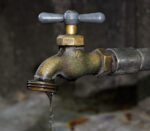The relentless conversion of farmland into commercial areas in the National Capital Region has come to the point where the Water Resource Management Office (WRMO) is forced to sell water meant for irrigation purposes into water for domestic use instead.
This was learned from the WRMO’s parent agency, the Department of Environment and Natural Resources (DENR), whose executives told reporters of selling the water reserved for the National Irrigation Administration (NIA) under a bidding process at some point ahead.
Repurposing irrigation water for domestic use comes from all 22 NIA-managed dams in Cavite province given the nonexistent farms they were first intended for, according to DENR undersecretary Carlos Primo.
“There are not many farms in Cavite nowadays as they have been converted” into housing and commercial areas, David told reporters at the sidelines of a forum hosted by concessionaire Maynilad Water in Quezon City last week.
“A small policy innovation we agreed to converts all the dams into multi-purpose (units) and therefore companies like Maynilad can access” them, David added.
Of the 22 repurposed NAI-managed dams, four have been tapped by Maynilad, 13 now managed by the provincial government of Cavite and the remaining five for transfer to the appropriate local government.
David said the provincial government of Cavite is planning a bidding exercise for water from the dams re-channelled to the various water districts to improve their delivery services.
“Cavite has existing supply of ground water and some surface water but these no longer suffice. Our target initially is to provide additional water for one million people in Cavite. Since management of the NIA dams were transferred to the province of Cavite, hopefully we bid them out sometime in October,” David said.
Ronald Padua, Maynilad Water supply operations head, said that of the four dams in Cavite, two are in Bacoor and the other two in Imus.
Padua said one, the Anabu Dam, had been operational since late last year, providing between 4 to 8 million liters per day in Imus.
The other dam is seen operational by the third quarter this year capable of delivering 4 million liter per day.







